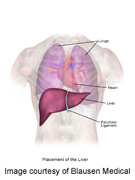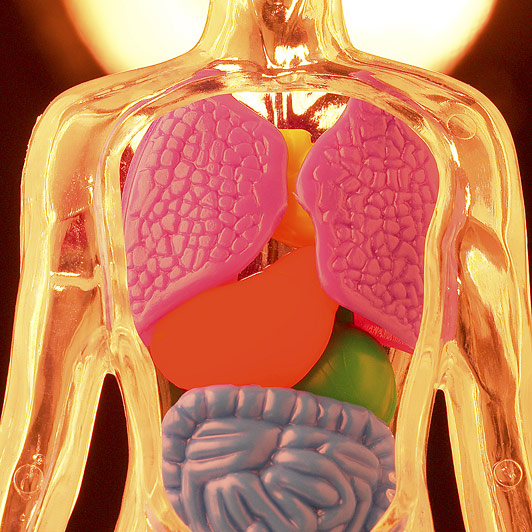
TUESDAY, Sept. 11 (HealthDay News) — The 10-year survival rate for patients with acute liver failure who had a living donor liver transplant was 73 percent, a study of patients in Japan reveals.
The “excellent” survival rate suggests that the type of liver disease or treatment plan does not affect long-term patient survival after living donor liver transplant, the researchers said.
In a living donor liver transplant, a portion of a healthy liver from a living donor is transplanted into a patient. In this study, researchers looked at 209 acute liver failure patients in Japan who underwent the procedure.
The one-year and five-year survival rates were 79 percent and 74 percent, respectively, the investigators found. Patient age had an effect on short- and long-term risk of death, while donor age only affected the long-term risk of death, according to the study published in the September issue of the journal Liver Transplantation.
“Our study demonstrates the benefit of [living donor liver transplantation] in a Japanese population, which has less access to deceased donor organs,” lead author Yasuhiko Sugawara, an associate professor in the Graduate School of Medicine at the University of Tokyo, said in a journal news release.
Further studies are needed to determine the overall impact of this type of transplant in all patients with acute liver failure, Sugawara added.
Acute liver failure is a rare, life-threatening condition. About 2,000 people in the United States develop acute liver failure each year, according to the American Association for the Study of Liver Diseases. Many of those cases are caused by acetaminophen (Tylenol) overdose, drug-induced liver injury, autoimmune liver disease, or viral hepatitis.
The survival rate for patients with acute liver failure has increased from less than 15 percent before liver transplants were performed to more than 65 percent with transplantation, the association pointed out.
More information
The American Liver Foundation has more about liver transplants.

